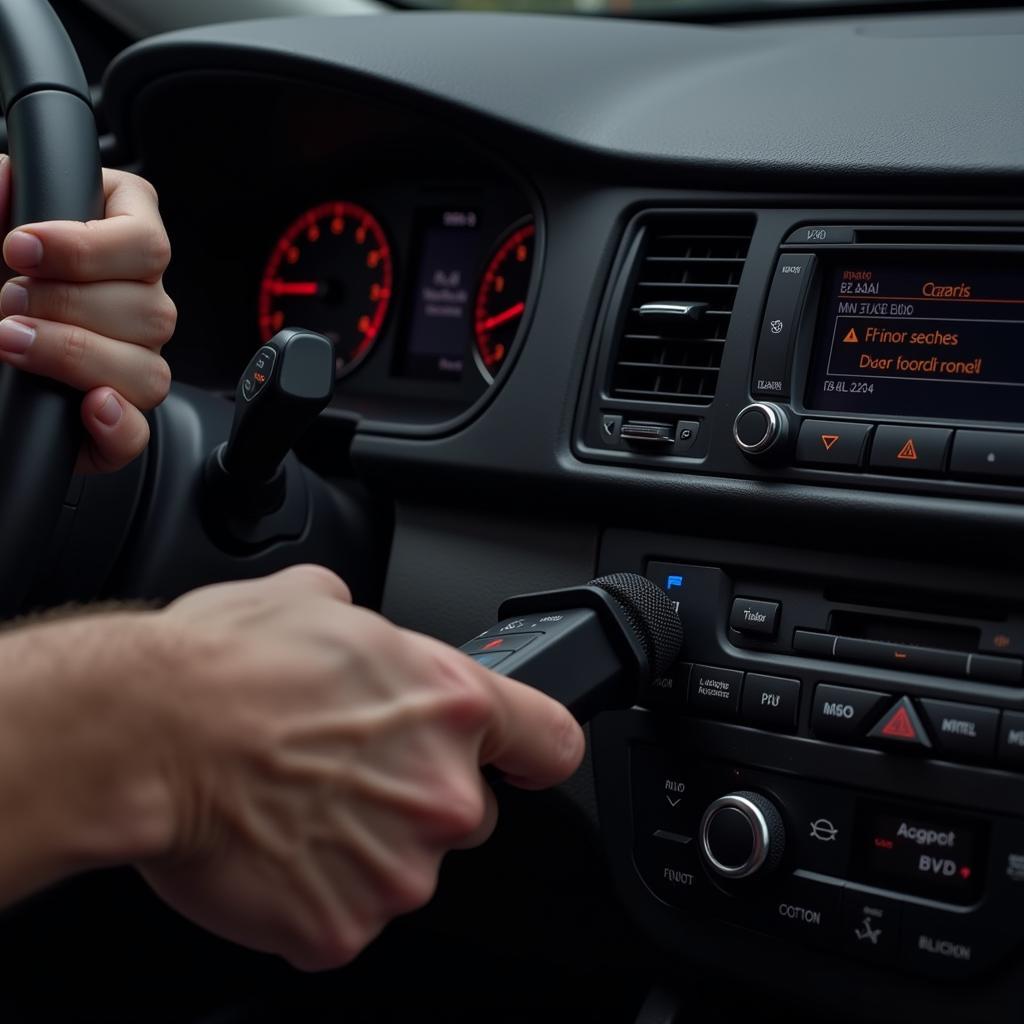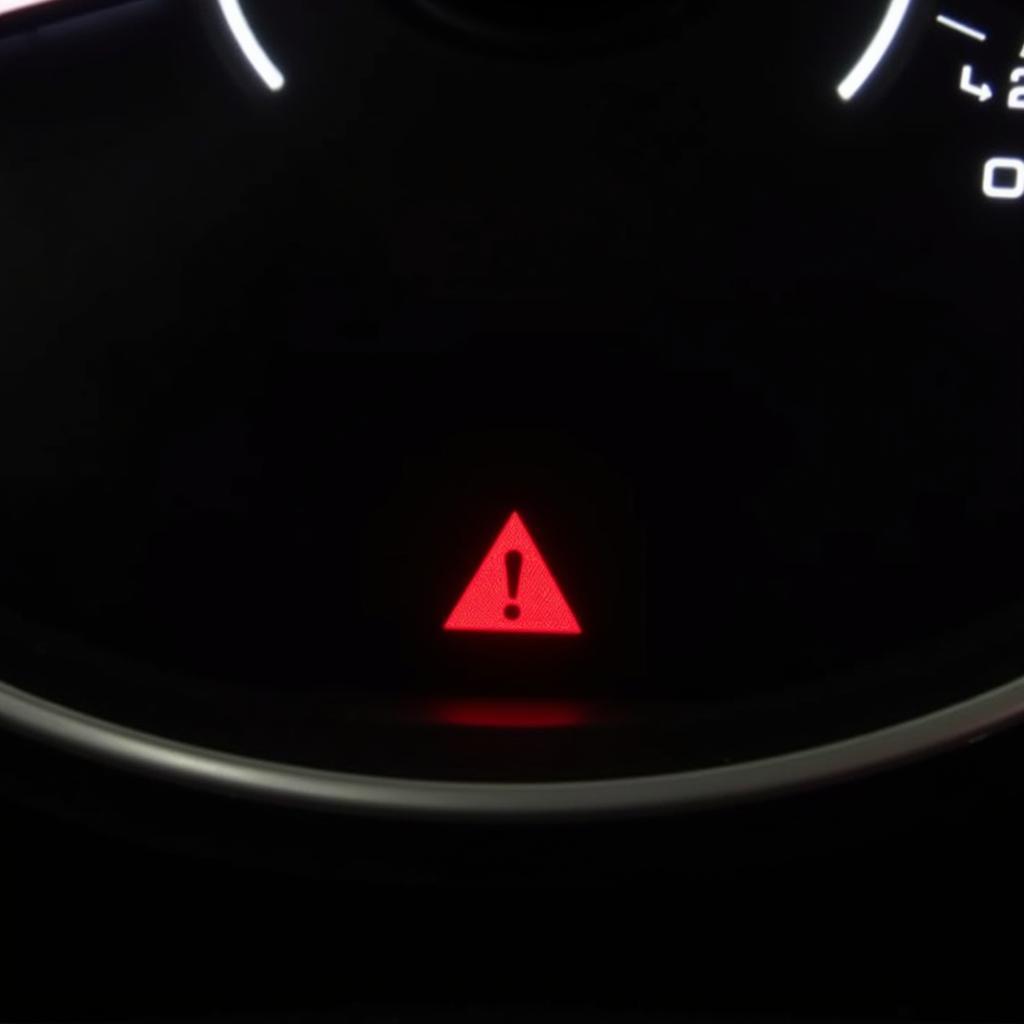A dead car battery can be a frustrating experience. This guide provides comprehensive steps for starting a dead battery car, covering various methods and essential safety precautions. We’ll also delve into preventing future battery issues and maintaining optimal car battery health. Let’s get your car back on the road!
Understanding Why Your Car Battery Died
Before jumping into solutions, it’s helpful to understand why your car battery died in the first place. Common causes include leaving lights on, extreme temperatures, old age, and a faulty charging system. Knowing the root cause can help you prevent it from happening again.
Common Causes of a Dead Car Battery
- Lights Left On: This is perhaps the most common culprit. Leaving headlights, interior lights, or even the radio on can drain your battery overnight.
- Extreme Temperatures: Both extreme heat and cold can affect your battery’s performance. Heat can evaporate the battery fluid, while cold can slow down the chemical reactions needed to produce power.
- Old Age: Car batteries have a limited lifespan, typically 3-5 years. As they age, their ability to hold a charge diminishes.
- Faulty Charging System: If your car’s alternator isn’t working properly, it won’t recharge the battery while you’re driving, eventually leading to a dead battery. If you think your charging system is the problem, see our article on why your car not starting but battery not dead.
 Common Causes of a Dead Car Battery
Common Causes of a Dead Car Battery
Methods for Starting a Dead Battery Car
There are several methods for starting a dead battery car, each with its own advantages and disadvantages.
Jump Starting Your Car
Jump-starting involves using another car’s battery to provide a temporary boost to your dead battery. This is often the quickest and most convenient method.
- Position the vehicles: Park the working car close to the dead car, ensuring the batteries are accessible.
- Connect the cables: Attach the red positive (+) cable to the positive terminal of the dead battery, then to the positive terminal of the working battery. Connect the black negative (-) cable to the negative terminal of the working battery and then to a metal ground on the dead car (an unpainted bolt or bracket).
- Start the working car: Let the working car run for a few minutes to charge the dead battery.
- Start the dead car: Try starting the dead car. If it starts, let it run for at least 30 minutes to recharge the battery.
Using a Portable Jump Starter
Portable jump starters are compact and convenient devices that can jump-start your car without the need for another vehicle.
- Connect the clamps: Attach the red positive (+) clamp to the positive terminal of the dead battery and the black negative (-) clamp to the negative terminal.
- Turn on the jump starter: Power on the jump starter.
- Start the car: Try starting your car.
Push Starting Your Car (Manual Transmission Only)
If you have a manual transmission car, you can try push-starting it. This requires some physical effort and the help of others.
- Get help: Enlist the help of a few people to push the car.
- Turn the key to the “on” position: Make sure the ignition is turned to the “on” position.
- Put the car in second gear: With the clutch pressed down, put the car in second gear.
- Release the clutch: Once the car is moving at a decent speed, release the clutch quickly. The car should start.
Preventing Future Battery Issues
Preventing a dead battery is often easier than dealing with one. Regular maintenance and a few simple habits can go a long way.
- Turn off lights and accessories: Double-check that all lights and accessories are off when you park.
- Regular battery checks: Have your battery tested regularly, especially during extreme weather conditions.
- Clean battery terminals: Keep the battery terminals clean and free of corrosion.
- Limit short trips: Short trips don’t give the alternator enough time to fully recharge the battery.
- Replace your key fob battery if it dies. Check out this guide to changing an Acura key fob battery change.
Conclusion
Starting a dead battery car doesn’t have to be a daunting task. By understanding the causes and implementing the solutions outlined in this guide, you can get your car back on the road quickly and safely. Remember to prioritize preventive measures to avoid future battery issues and ensure your car remains reliable. Remember to address a check engine light that comes on after changing the battery. You can find information about that by reading our article on changed car battery check engine light on. If you are driving a Mercedes and your battery discharge warning goes on, you can check out our article battery discharge warning car won t start or if you need to change your key fob battery, here’s our guide to mercedes key fob battery replacement.


